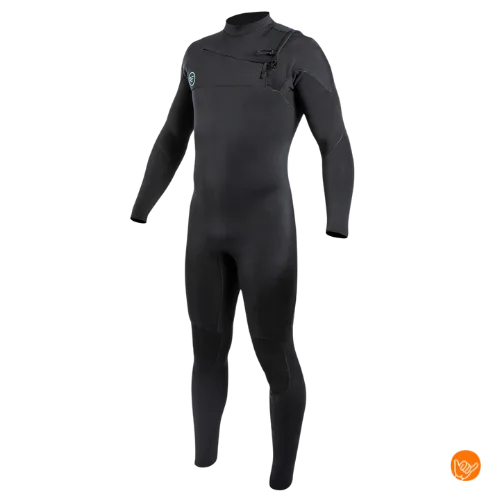What kite do you use in what wind?
Choosing the right kite can make the difference between a great kitesurfing session and a frustrating day on the water. In light winds (10-15 knots) you need large 12-15m kites for adequate power, while moderate winds (16-25 knots) work perfectly with 9-12m kites. Strong winds above 25 knots require small 6-9m kites for control and safety. Your body weight and experience determine the exact size - heavier riders need more surface area. Learn how to read wind speed and what other factors affect your kite choice for optimal performance and safety.






